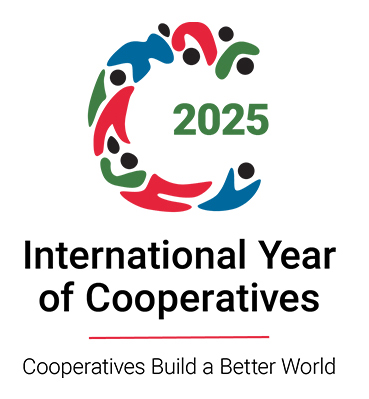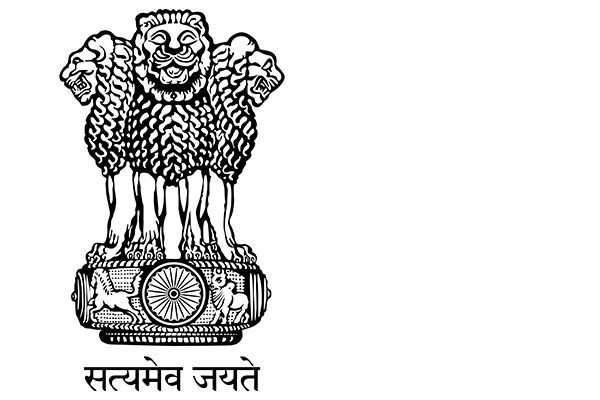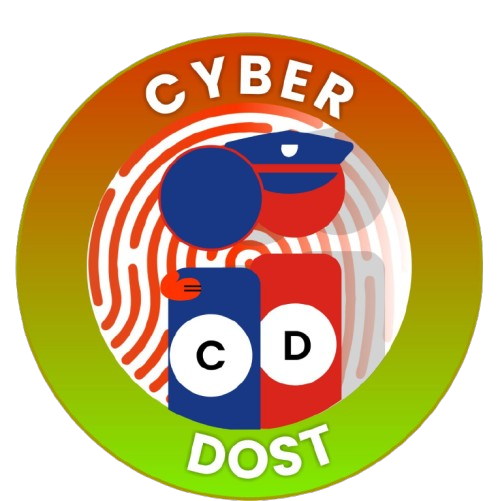(Contribution by Orthopedic Deptt.)
Q. What is the difference between a sprain and a strain?
- A. A strain occurs when a muscle or tendon is stretched or torn. A sprain occurs when a ligament is stretched or torn. Strainare often the result of overuse or improper use of a muscle, while sprain typically occur when a joint is subjected to excessive force or unnatural movements (e.g. sudden twists, turns, or stops). Sprain can be categorized by degree of severity : A first-degree sprain stretches the ligament but does not tear it. Symptoms include mild pain with normal movement. A second-degree sprain is characterized by a partially torn ligament, significant pain and swelling, restricted movement, and mild to moderate joint instability. In a third-degree sprain, the ligament is completely torn with mild to severe pain, swelling, and significant joint instability.
Q. What is sciatica?
- A. In the low back, nerves join to form the sciatic nerve, which runs down into the leg and controls the leg muscles. Sciatica is a condition that may cause radiating pain, numbness, tingling, and/or muscle weakness in the leg but originates from nerve root impingement in the lower back. Nerve impingement is most often caused by a herniated disk or spinal stenosis.
Q. What is spinal stenosis?
- A. Stenosis refers to a narrowing of the spinal canal, usually in the lower back (lumber) region. This narrowing is often a result of the normal degenerative aging process. It occurs as the disks of cartilage that separate the spine’s vertebrae lose water and the space between the vertebrae become smaller, causing friction between the bones. The loss of water in the disks makes them less flexible and unable to act as shock absorbers in the spine. Daily wear and tear on the spine becomes more significant without these shock absorbers. As the disks degenerate, vertebrae may shift, causing the spinal canal to narrow. In some cases, the nerves that travel through the spinal column to the legs become squeezed. This can cause back and leg pain, and even leg weakness. Arthritis and fall also contribute to the narrowing of spinal canal, compressing the nerves and nerve roots and causing pain and discomfort.
Q. What is degenerative disk disease?
- A. Degenerative disk disease is a general terms applied to back pain that has lasted for more than three months. It is caused by degenerative changes in the intervertebral disks in the spine and can occur anywhere in the spine : low back (lumber), mid-back (thoracic), or neck (cervical). Under the age of 30, these disks are normally soft, and they act as cushions for the vertebrae. With age, the material in these lumber disks becomes less flexible and the disks begin to erode, losing some of their height. As their thickness decreases, their ability to act as a cushion lessens. The less dense cushion now alters the position of the vertebrae and the ligaments that connect them. In some cases, the loss of density can even cause the vertebra to shift their positions. Heredity and physical fitness may also play a part in the process.
Q. What is a torn rotator cuff?
- A. The rotator cuff is a group of tendons and their related muscles that help keep the shoulder and upper arm bone securely placed in to the socket of the shoulder blade. The rotator cuff stabilizes the shoulder joint and helps you to move your arm in place.
Q. What is frozen shoulder?
- A. Frozen shoulder (adhesive capsulitis) is a condition in which the tissues around the shoulder joint stiffen, scar tissue forms, and shoulder movement become difficult and painful. It can develop when you stop using the joint normally because of pain, other injury, or a chronic health condition, such as diabetes. Any shoulder problem can lead to frozen shoulder if you do not work to maintain its full range of motion.
Q. What is a separated shoulder?
- A. A shoulder separation (acromioclavicular joint infury) occurs when the outer and of the collarbone separates from the end of the shoulder blade because of torn ligaments. This injury occurs most often from a blow to the shoulder or a fall on a shoulder or outstretched hand or arm.
Q. What is dislocated shoulder?
- A. A shoulder dislocation (shoulder instability) occurs when the upper end of the arm bone ball pops out of the shoulder joint socket. This injury may be caused by a direct blow to the shoulder, a fall on an outstretched hand or arm, or an exaggerated overhead throwing motion.
Q. What is arthritis?
- A. Themost common formarthritis, osteoarthritis, can affect any joint in the body, but most often afflicts the knees, hips, and fingers. Most people will develop osteoarthritis from the normal wear and tear on the joints through the years. Joints contain cartilage, a subbery material that cushions the ends of the bones and facilitates movement. Over time, or if the joint has been injured, the cartilage wears away and the bones of the joint start rubbing together. As bones rub together, bone spurs may form and the joint becomes stiff after long periods of activity or inactivity.
Q. What is stress fracture?
- A. A stress fracture is a microscopic crack in a bone that occurs from overuse. Muscles normally absorb the shock of physical activities, but when they become too fatigued to do so, they transfer the stress to the bones which results in a hairline-sized fracture. Stress fractures usually develop in the weight bearing bones of the feet and lower legs, often after a rapid increase in the duration or intensity of exercise or from wearing improper or worn out athletic shoes.
Q. What is tennis elbow?
- A. Lateral epicondylitis, commonly known as tennis elbow, is inflammation of the tendon that connects the muscles of the forearm, wrist, and hand to the upper arm at the elbow. The tendon on the bony outside (lateral) part of the elbow (the epicondyle) is most often irritated by overuse during physical activity.
Q. What is radiculopathy / nerve impingement?
- A. Radiculopathy refers to a condition in which the spinal never roots are irritated or compressed. Many people refer to it as having a “pinched nerve”. Lumber nerve impingement indicates that the nerve roots in the lower spine are involved, while cervical radiculopathy is associated with nerve roots in the neck. Nerve impingement is most often caused by a herniated disk or spinal stenosis.


 Deep Chand Bandhu Hospital
Deep Chand Bandhu Hospital 


